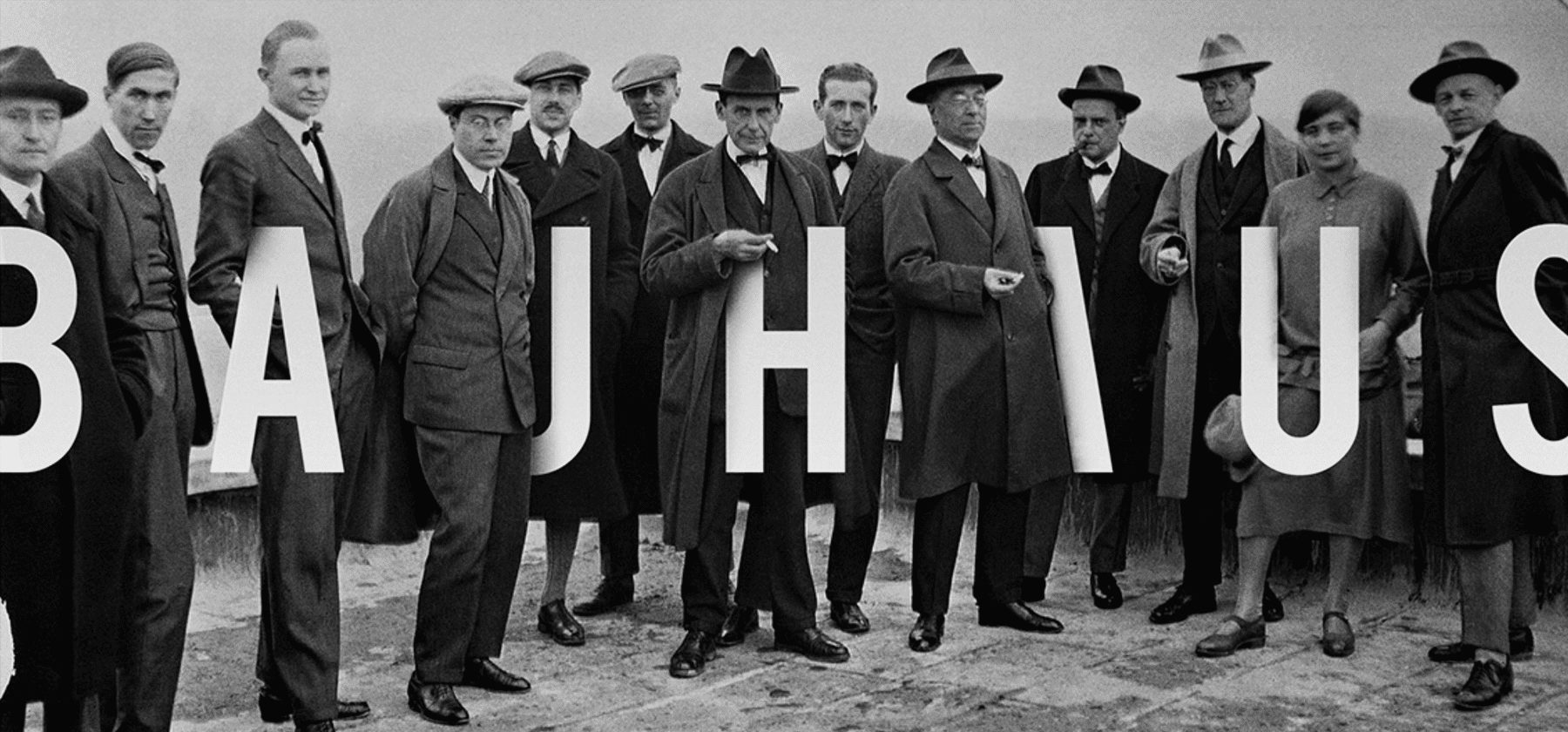The famous German ‘Bauhaus’ art school has left its eternal mark on the world of art and architecture, by introducing and adopting what we know as the International Style. The Bauhaus was established by architect Walter Gropius in 1919, and its name literally means ‘construction house’. Nonetheless, the school did not actually have an architecture department during its earlier years.

Group photo of Bauhaus masters in Dessau (1926)
What is Bauhaus style?
The Bauhaus Style is a modern Arts and Crafts Movement that focuses more on function, less on ornaments. Its aesthetic aims to connect art to everyday life through abstract and balanced forms and shapes.
What are the characteristics of Bauhaus design?
- Simple, geometric shapes that indicate functionality.
- Bold and clean color schemes.
- Fewer selections of materials.
- Visual balance through asymmetry.
- Integrative approach to design.

Courtesy of Aram
The Bauhaus headquarters have changed three times. It moved from Weimar to Dessau, and then, finally, to Berlin where it was pressured to shut down. The school is most famous for its Dessau Building which features extensive curtain walls, stark white solid surfaces, and the iconic white lettering of the word ‘Bauhaus’ against the plain gray wall. It was designed by Gropius, following the principles of the International Style. The building remains intact up to this day, and it was included in UNESCO’s list of World Heritage Sites in 1999.

Courtesy of Aram
You can find out more about the influential school that has changed the face of architecture and how it came to last for, merely, 14 years by checking this infographic from ARAM.

